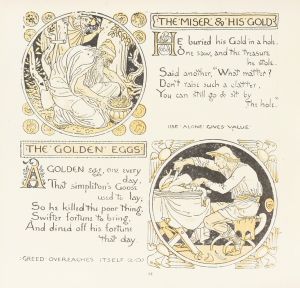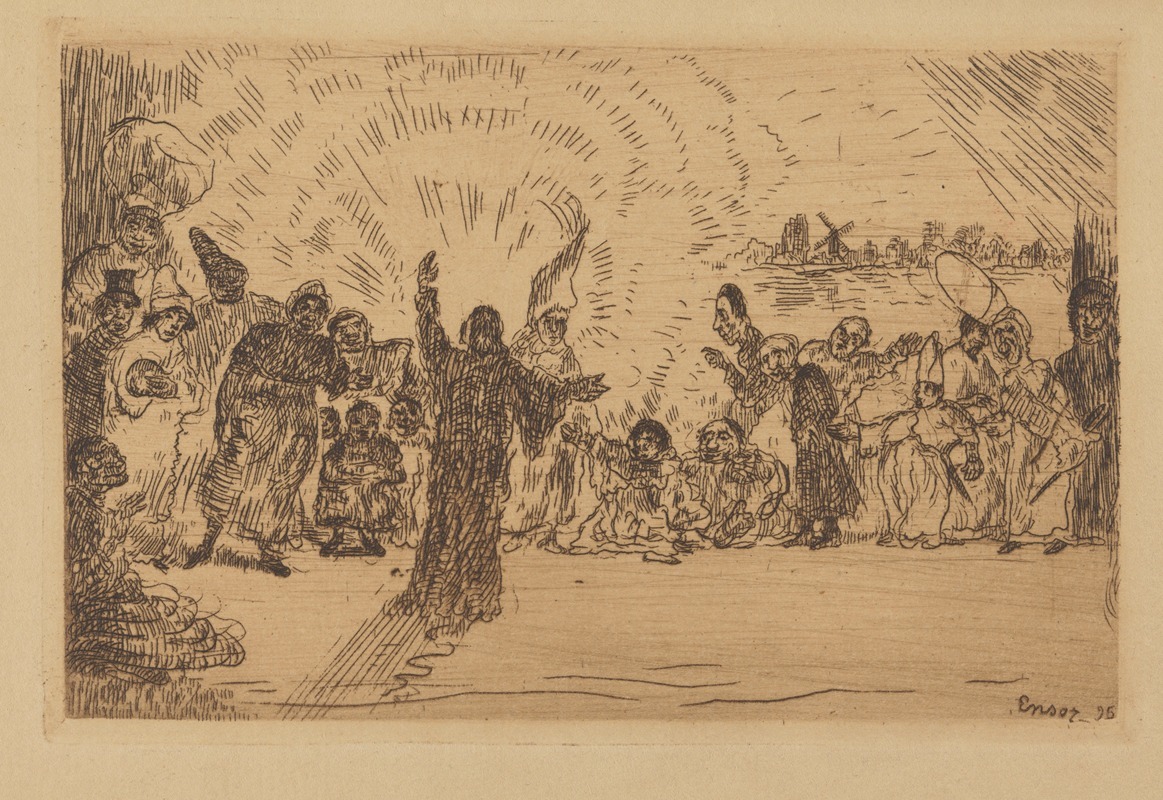
Christus bij de bedelaars
A hand-painted replica of James Ensor’s masterpiece Christus bij de bedelaars, meticulously crafted by professional artists to capture the true essence of the original. Each piece is created with museum-quality canvas and rare mineral pigments, carefully painted by experienced artists with delicate brushstrokes and rich, layered colors to perfectly recreate the texture of the original artwork. Unlike machine-printed reproductions, this hand-painted version brings the painting to life, infused with the artist’s emotions and skill in every stroke. Whether for personal collection or home decoration, it instantly elevates the artistic atmosphere of any space.
James Ensor's painting "Christus bij de bedelaars" (Christ Among the Beggars) is a notable work by the Belgian artist, who is renowned for his unique style and thematic exploration of social and religious subjects. Ensor, born in 1860 in Ostend, Belgium, was a pivotal figure in the Symbolist movement and later influenced the development of Expressionism. His works often feature a blend of realism and fantasy, with a particular focus on the grotesque and the macabre.
"Christus bij de bedelaars" was created in 1895, during a period when Ensor was deeply engaged with religious themes, often using them to critique contemporary society. The painting depicts Christ surrounded by a group of beggars, a scene that reflects Ensor's interest in the marginalized and the downtrodden. This work is part of a broader series of paintings and etchings where Ensor placed Christ in modern settings, using the figure of Christ as a symbol of purity and moral integrity amidst the corruption and hypocrisy he perceived in society.
Ensor's depiction of Christ is unconventional; rather than portraying him in a traditional biblical context, he places him in a contemporary setting, surrounded by figures that represent the poor and the outcast. This approach underscores Ensor's critique of the social and religious institutions of his time, highlighting the disparity between the teachings of Christ and the actions of those who professed to follow him. The beggars in the painting are rendered with a sense of empathy and humanity, inviting viewers to reflect on issues of poverty and social justice.
The style of "Christus bij de bedelaars" is characteristic of Ensor's work, with bold colors and expressive brushwork that convey a sense of immediacy and emotional intensity. Ensor's use of light and shadow adds depth to the composition, drawing attention to the central figure of Christ and the surrounding beggars. The painting's composition and execution reflect Ensor's mastery of both technique and narrative, as he weaves together elements of realism and symbolism to create a powerful commentary on the human condition.
Ensor's work, including "Christus bij de bedelaars," was not always well-received during his lifetime. His bold and often controversial subject matter, combined with his distinctive style, set him apart from many of his contemporaries. However, his influence on later artists, particularly those involved in the Expressionist movement, is widely recognized today. Ensor's exploration of themes such as alienation, social inequality, and the role of religion in modern life continues to resonate with audiences, making his work relevant to contemporary discussions about art and society.
"Christus bij de bedelaars" exemplifies Ensor's ability to blend personal vision with broader social commentary, using the figure of Christ as a lens through which to examine the complexities of human existence. This painting, like much of Ensor's oeuvre, challenges viewers to reconsider their perceptions of morality, faith, and the societal structures that govern everyday life. Through his art, Ensor invites us to engage with the world around us in a more thoughtful and compassionate manner, encouraging a deeper understanding of the struggles faced by those on the margins of society.





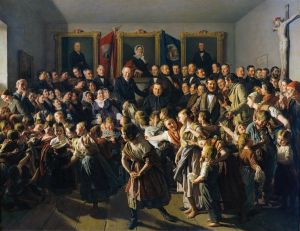
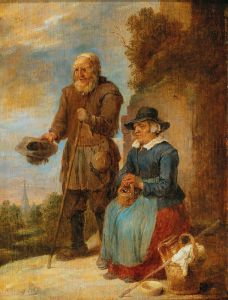
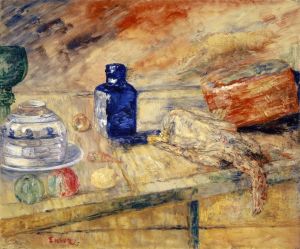
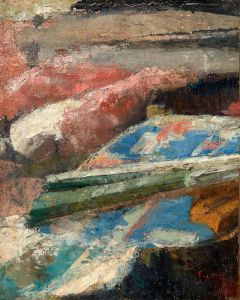
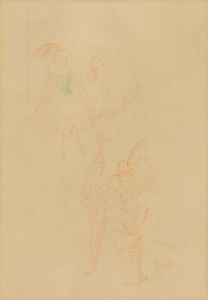
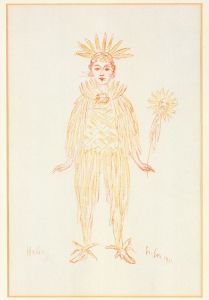
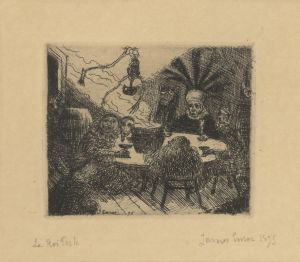

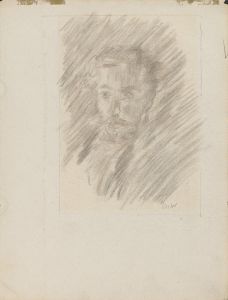
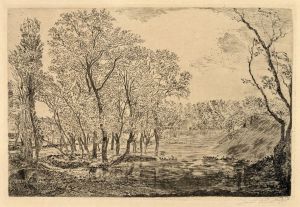
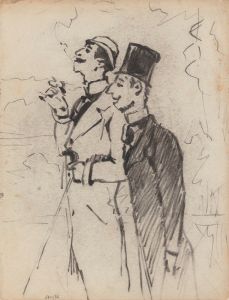
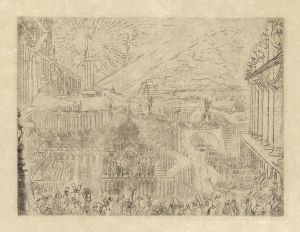
![There Is Something beneath the Sackcloth, i.e. You Can’t Judge a Man by His Clothes [The Men in Sacks]](/imgs/264663/s/francisco-de-goya-there-is-something-beneath-the-sackcloth-ie-you-cant-judge-a-man-by-his-clothes-the-men-in-sacks-eaec9eed.jpg)
